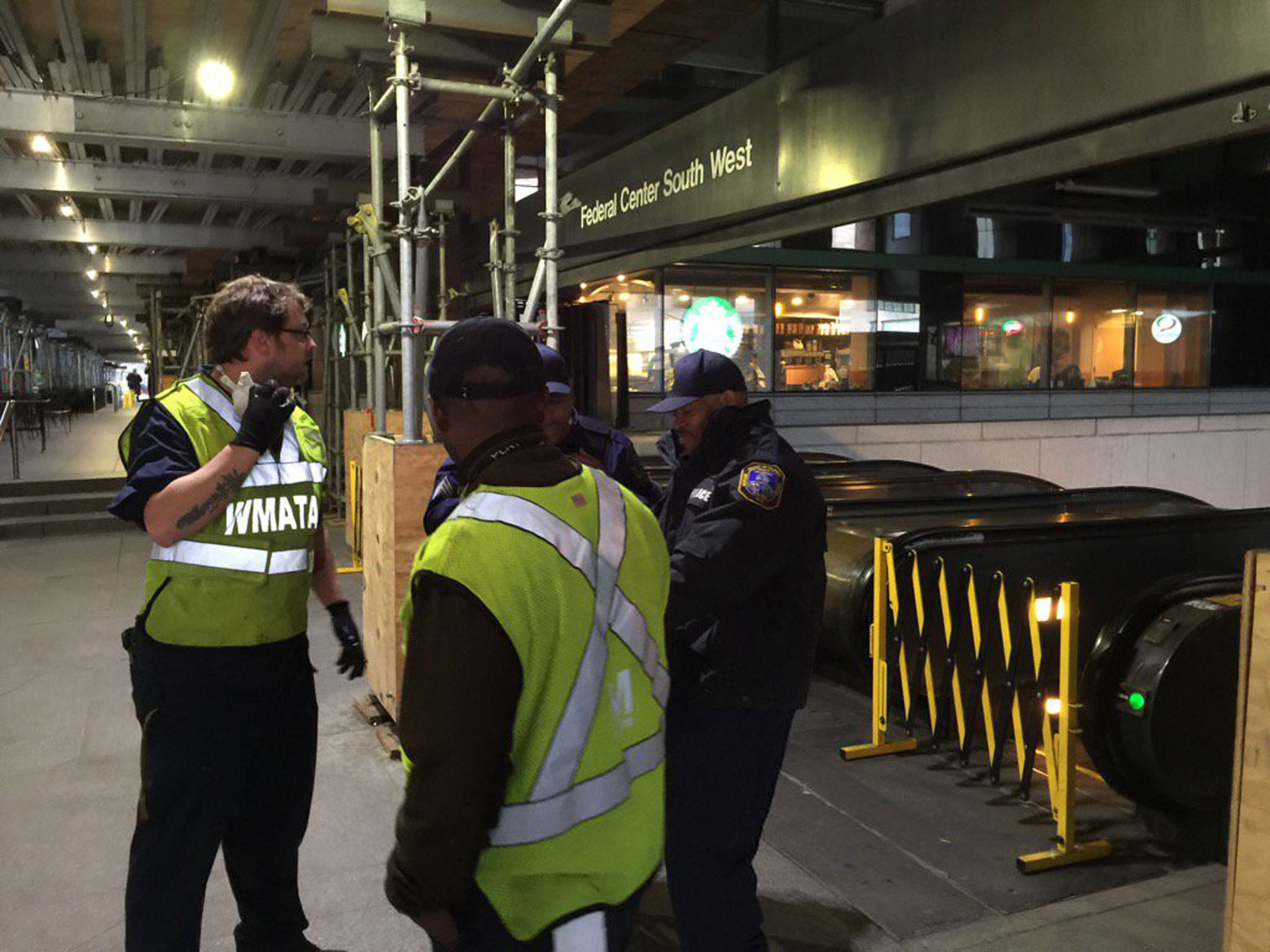WASHINGTON — After Carol Glover died on a smoke-filled train, a track problem was ignored that led to a derailment, repeated red signal violations and other safety issues. Now, Metro’s new chief safety officer Patrick Lavin is facing a big task that he believes begins with understanding what Metro’s problems really are.
“WMATA is very good at telling you what happened. (We) need to work on the why,” Lavin said of what he has found in his first week on the job.
Lavin has more than 30 years of experience, beginning as a signal maintainer and working his way up to lead investigator in New York City. He promises to provide Metro with the resources needed to help turn around the agency’s long languishing safety culture.
It’s a promise that’s been made by a number of other Metro leaders in the past.
“I understand maintenance testing and practices from the standpoint of somebody who has dirt under their fingernails doing it,” Lavin said.
He sees delays around the arcing insulators as “a relatively minor issue” in most cases, even if it is something that “is not a good scenario,” but believes the key to cutting down on them is to look for an overall plan.
“You cannot oversimplify the condition by going ‘we had an arcing insulator,’ because an arcing insulator can result from a lot of things: you could have it from water intrusion, you could have it from a poor maintenance program, you can have it from a piece of equipment that has outlived its useful lifespan, so you don’t want to fall into the trap of thinking that there’s a single solution for the same problem. You have to diagnose what the problem is at each location and come up with a holistic plan on how to address it overall,” he said Thursday.
“It doesn’t give you any value to have a blame game. What you need to do is identify the resources you need, commit to getting those resources, implement effective programs, and that’s how you turn the tide,” he said of overall fixes to the system.
Lavin does believe Metro can be fixed, given that when he started in New York City, there was a derailment about once a month.
“So you can imagine what it would take to turn a system like that around, which we did through capital investment, which we did through intelligent leadership, which we did through developing effective maintenance and permanent maintenance programs. I have that experience, and I’d like to translate it to the WMATA environment,” he said.
“I don’t think you have as great a problem in my mind that is so insurmountable that it can’t be addressed with good, effective leadership,” he said.
Lavin started his career in New York after getting electrician training at a vocational high school. He said it was a natural place to find a job, since he had both friends and family working on the city’s transit system.
Now, with some family members in Virginia, Lavin sees the move to the D.C. area as “a great opportunity to improve the safety culture,” and his career.
As a lead investigator in New York, he worked closely with federal transportation officials and said he had a good relationship with them.
There has been significant tension between the Federal Transit Administration and Metro over a series of safety directives and the order of major 24/7 track work that is expected to begin next month.
“I think it’s a great thing to have friction among the agencies; it makes both agencies perform better. I welcome independent scrutiny because it holds our feet to the fire, and I think it’s a great thing,” Lavin said.
In addition to attending the National Transportation Safety Board meeting that outlined the serious problems exposed by Carol Glover’s death outside L’Enfant Plaza last year, Lavin has already sat in on meetings with the FTA.
He cautions against backlash against Metro workers.
“The role of safety is not discipline, or to get people in trouble, we don’t come down with a hammer, we’re here to fix the problems,” he said.
“The perception at a lot of organizations is that you should get rid of your employees because ‘look at the state of the system,’ and that is a genuine opinion …. however, you need to get beyond that because if you’re not giving your employees the chance to have track access to get on the track and make those repairs, then is it really that employee’s fault? Is that the person you should get rid of, or should you fix the track access issues, get on the track, make repairs, and move to a better place?” he said.
That track access is set to be expanded through the additional weekslong work zones and the end of late-night service on weekends.
In order to really figure out what it will take to bring Metro up to a point where only regular maintenance is needed, Lavin will survey the conditions of equipment across the entire system to sort out how long the equipment will last.
Lavin also wants to play a role in quality assurance, so that all the work that is done holds up.
Despite U.S. Transportation Secretary Anthony Foxx’s statement that he was considering a safety shutdown of the Metro system, Lavin says that “riders can feel comfortable.”
“You can say you can shut the system down, [but] anytime you get on a highway and drive in your car, you’re in a much more dangerous situation than you are riding a train anywhere in the country, so my my view is the system is safe. There are things we need to do to improve performance, and the thing you do to do that is you identify the problems and you fix them, which I have full confidence that that is what is being done here to address the problems,” Lavin said.






